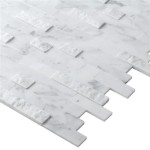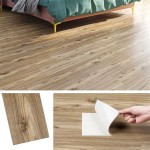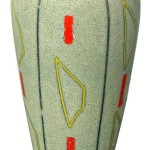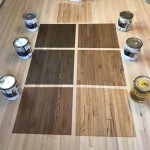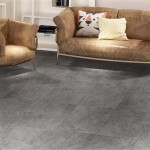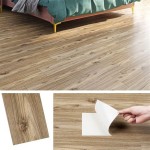Wood Flooring To Tile Transition
When it comes to flooring, wood and tile are two of the most popular choices. Wood flooring is known for its warmth and beauty, while tile is known for its durability and ease of maintenance. However, when these two materials are used in the same space, it can be difficult to create a smooth and seamless transition between them.
There are a few different ways to create a wood flooring to tile transition. One option is to use a T-molding. A T-molding is a thin strip of metal or wood that is placed over the edge of the two flooring materials. This creates a raised edge that helps to hide the seam between the two materials.
Another option is to use a reducer. A reducer is a thin strip of material that is placed under the edge of the wood flooring. This creates a sloped edge that helps to transition between the two materials.
Finally, you can also use a threshold. A threshold is a raised strip of material that is placed between the two flooring materials. This creates a physical barrier that helps to keep the two materials separate.
The best way to create a wood flooring to tile transition depends on the specific needs of your space. If you are looking for a smooth and seamless transition, then a T-molding or reducer is a good option. If you are looking for a more defined transition, then a threshold is a good option.
Here are some additional tips for creating a successful wood flooring to tile transition:
- Make sure that the two flooring materials are level with each other. This will help to create a smooth and seamless transition.
- Use a transition strip that is the same color and style as the flooring materials. This will help to create a more cohesive look.
- Install the transition strip carefully and securely. This will help to prevent it from becoming loose or damaged.
By following these tips, you can create a beautiful and durable wood flooring to tile transition that will last for years to come.
Additional Considerations
In addition to the above tips, there are a few other things to consider when creating a wood flooring to tile transition:
- The width of the transition strip. The width of the transition strip should be proportionate to the width of the flooring materials. A wider transition strip will be more noticeable, while a narrower transition strip will be less noticeable.
- The thickness of the transition strip. The thickness of the transition strip should be equal to the thickness of the flooring materials. A thicker transition strip will be more durable, while a thinner transition strip will be less noticeable.
- The material of the transition strip. Transition strips are available in a variety of materials, including metal, wood, and plastic. The material of the transition strip should be compatible with the flooring materials.
By taking all of these factors into consideration, you can choose the perfect transition strip for your wood flooring to tile transition.
Conclusion
Creating a smooth and seamless wood flooring to tile transition is a relatively easy task with the right tools and materials. By following the tips in this article, you can create a beautiful and durable transition that will last for years to come.
Tile Transition Strips How To Handle Flooring Transitions

Understanding Wood To Tile Transitions Flooring Masters Pro Remodeling

Tile Transition Strips How To Handle Flooring Transitions

Mastering The Transition From Wood To Tile East Coast Flooring Interiors

Tile To Wood Floor Transition Ideas 11 Clever Ways Atlas Ceramics

Transition Time How To Connect Tile And Hardwood Floors

Tile To Wood Transition Mix Your Flooring Materials Builddirect

Smooth Tile To Wood Floor Transitions For A Beautiful Finish

5 Ways To Transition From A Tile Wood Floor Arizona

Transitioning Hardwood Floor To Tile Is There A Better Way Hometalk

